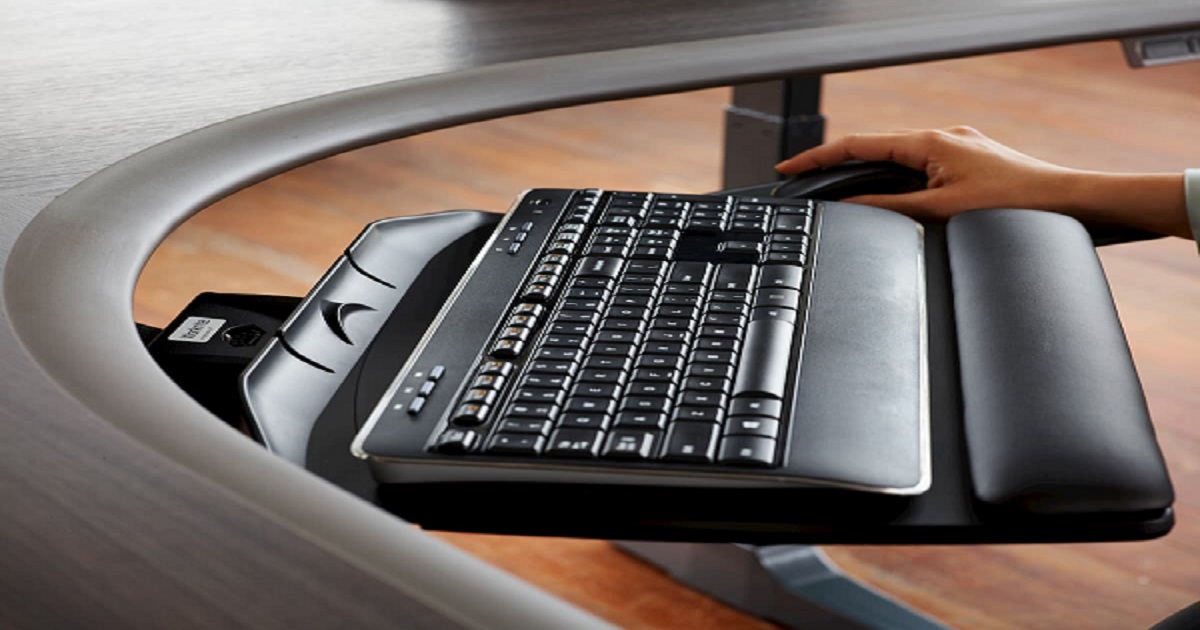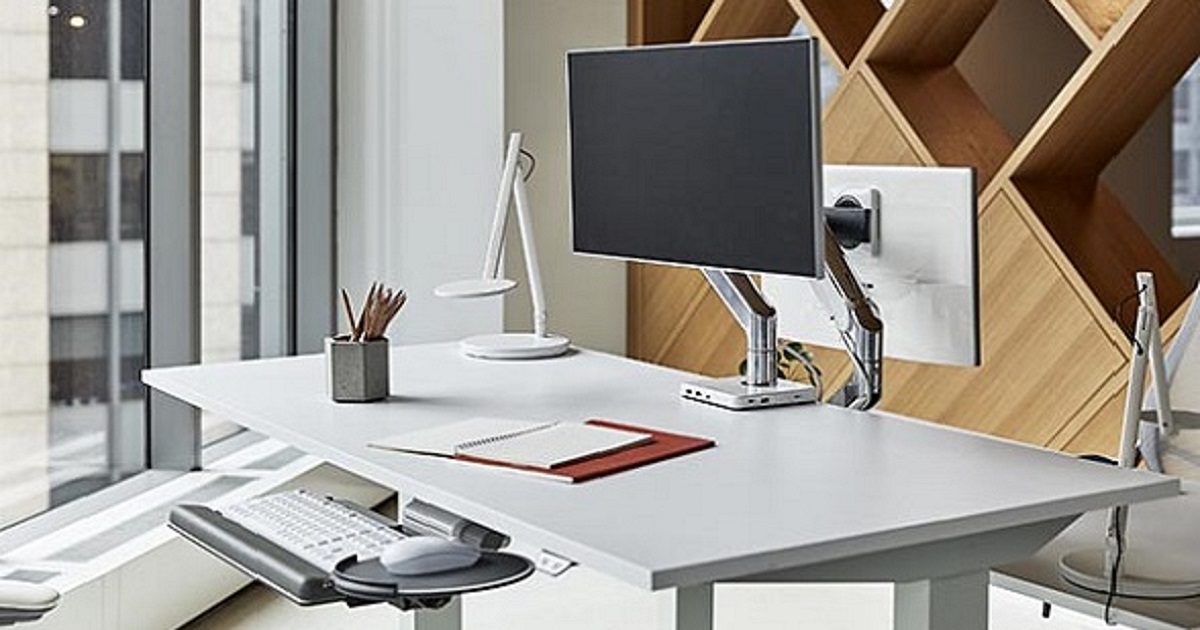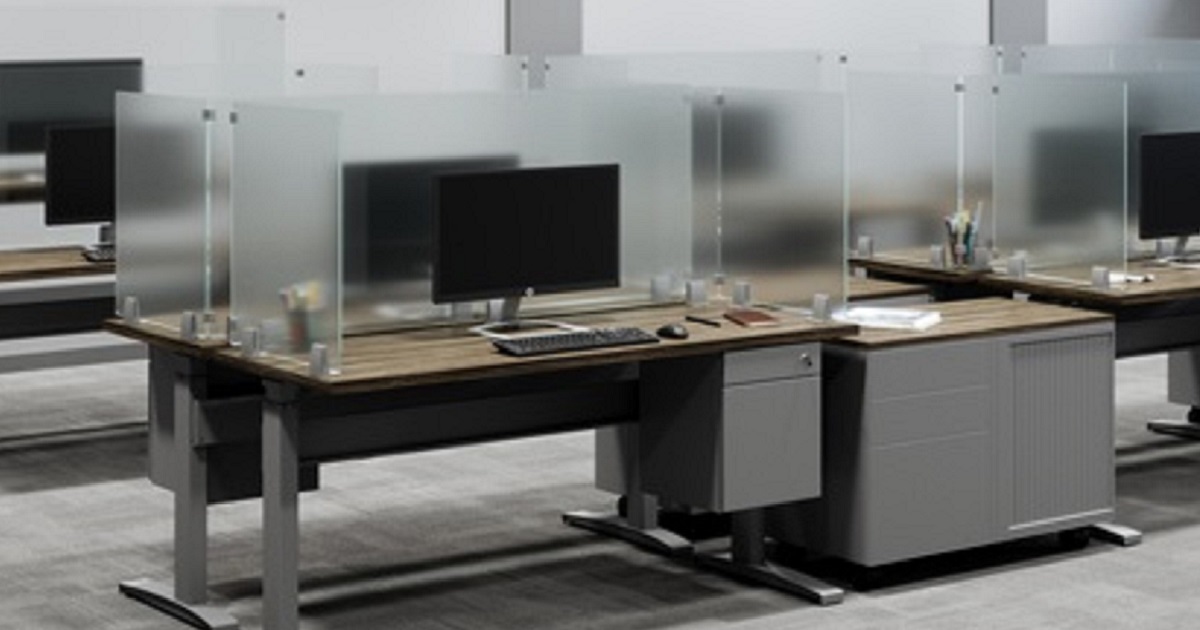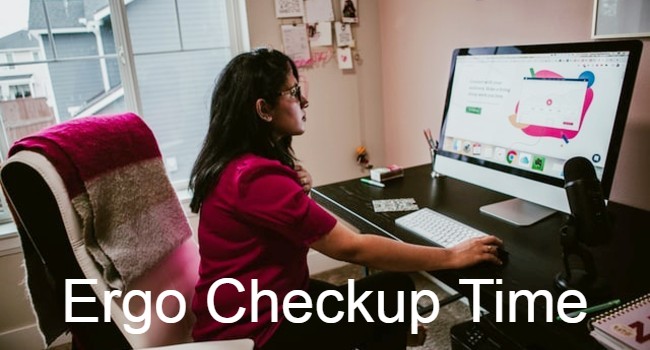Choosing An Ergonomic Office Chair
- Mar 15, 2016
- 0 Comments
Okay, we all shop at the office supply chain stores for basics. Paper is paper, pens are pens and blue or black ink basically "fit all". But when it comes to purchasing your office chair(s) this is not the time to go generic. Oh sure an inexpensive chair is easy on the budget....Depending on how many ibuprofen you pop a day for a sore back or headache. But let's step it down a notch, all the way down to our feet for a quick comparison. When your shoe fits just right you can walk or run longer and farther with minimal discomfort and fatigue. A good fit can also help reduce back pain. Shopping for the perfect fit involves trying on the shoe and walking around the store a bit to see how it feels. Once the right fit is found...Eureka! It will be your favorite pair to wear.
 What do you need to know when finding that "Eureka! moment" in buying a comfortable chair? Well, let's get past that burning desire to go to the office supply store on the corner, load up 3 seats in a box, and buy strictly on aesthetics and the price. The “comfort factor” often becomes secondary to the price especially when purchasing a larger quantity of chairs. Frequently, the needs of the employees (even yourself!) are not taken into account. In a work environment where employees spend the vast majority of the day in a seated position, most of the pressure is exerted on your bottom, so selection of a comfortable seat is key to maximizing comfort and productivity while minimizing fatigue and injury. It's easy if you know a few things to look for.
What do you need to know when finding that "Eureka! moment" in buying a comfortable chair? Well, let's get past that burning desire to go to the office supply store on the corner, load up 3 seats in a box, and buy strictly on aesthetics and the price. The “comfort factor” often becomes secondary to the price especially when purchasing a larger quantity of chairs. Frequently, the needs of the employees (even yourself!) are not taken into account. In a work environment where employees spend the vast majority of the day in a seated position, most of the pressure is exerted on your bottom, so selection of a comfortable seat is key to maximizing comfort and productivity while minimizing fatigue and injury. It's easy if you know a few things to look for.
Where are your pressure points?
 When you sit your body weight is balanced on two bones called the ischial tuberosities, or the “sit bones”. Take a look at the chair that you’re currently sitting in: Push down on the seat pan with your knuckles. Can you feel the bottom of the seat pan? If you can, when you sit in the chair you too may bottom out. The result? You may squirm around in your seat, perhaps sit on the front edge of the seat to avoid the pressure, and generally just be uncomfortable sitting for very long. An inability to sit is one of the signs of chronic low back pain, a condition which affects a majority of the general population at some point in their life. A flat seat pan with a thin layer of foam or a mesh seat pan may not be the best seat design to alleviate this discomfort.
When you sit your body weight is balanced on two bones called the ischial tuberosities, or the “sit bones”. Take a look at the chair that you’re currently sitting in: Push down on the seat pan with your knuckles. Can you feel the bottom of the seat pan? If you can, when you sit in the chair you too may bottom out. The result? You may squirm around in your seat, perhaps sit on the front edge of the seat to avoid the pressure, and generally just be uncomfortable sitting for very long. An inability to sit is one of the signs of chronic low back pain, a condition which affects a majority of the general population at some point in their life. A flat seat pan with a thin layer of foam or a mesh seat pan may not be the best seat design to alleviate this discomfort.
Quality & Contour is Important
 A chair with high quality, contoured foam will help to disperse your seated pressure, avoid bottoming out and increase your seated comfort. Less expensive chairs frequently use lower quality, cut foam which breaks down more quickly and may not evenly distribute body weight. Better quality made chairs typically use several layers and densities of foam and use a contoured, injection molded foam. You may pay a little more but think about this - you spend about as much time in bed every night as you do in your chair during the day. What would your back feel like if you slept on a $125 mattress???
A chair with high quality, contoured foam will help to disperse your seated pressure, avoid bottoming out and increase your seated comfort. Less expensive chairs frequently use lower quality, cut foam which breaks down more quickly and may not evenly distribute body weight. Better quality made chairs typically use several layers and densities of foam and use a contoured, injection molded foam. You may pay a little more but think about this - you spend about as much time in bed every night as you do in your chair during the day. What would your back feel like if you slept on a $125 mattress???
But, back to the shoe comparison...Imagine the difference of cutting a piece of inexpensive foam and inserting it in your shoe for arch support compared to using a specially contoured arch support that is made to fit the contours of your foot. You will definitely feel a difference. The quality and contour of the foam used in a chair will have similar effects on your seated comfort. The longer you sit the more this difference will be felt.
Once you select a comfortable seat design, you should look at the design of the chair back. It should also be laterally contoured and height adjustable to provide support where you need it. The seat back should have sufficient range of angle adjustment so that your back, especially your lower back, or lumbar, is supported. Ergonomic chairs may also provide an air lumbar option – kind of like Nike’s Air Jordan shoes. An inflatable air lumbar in the back of an ergonomic chair allows you to further customize the fit and firmness of the lumbar support.
Test the Chair!
You may easily spend more than 40 hours a week sitting in your chair – shouldn’t your chair fit you? If you’re experiencing back discomfort and pain, find a vendor who will let you test the chair and will assist you in selecting the right size chair before purchasing. Many chairs may pass the 3- 4 minute sit-test but may not be comfortable after 3- 4 hours of sitting. Consider this information when you select your next chair and improve your seated comfort. Performance, fit and superior comfort equate to increased employee comfort, reduced injury and the ability to work longer and be more productive.
















 Payments securely processed by:
Payments securely processed by: 